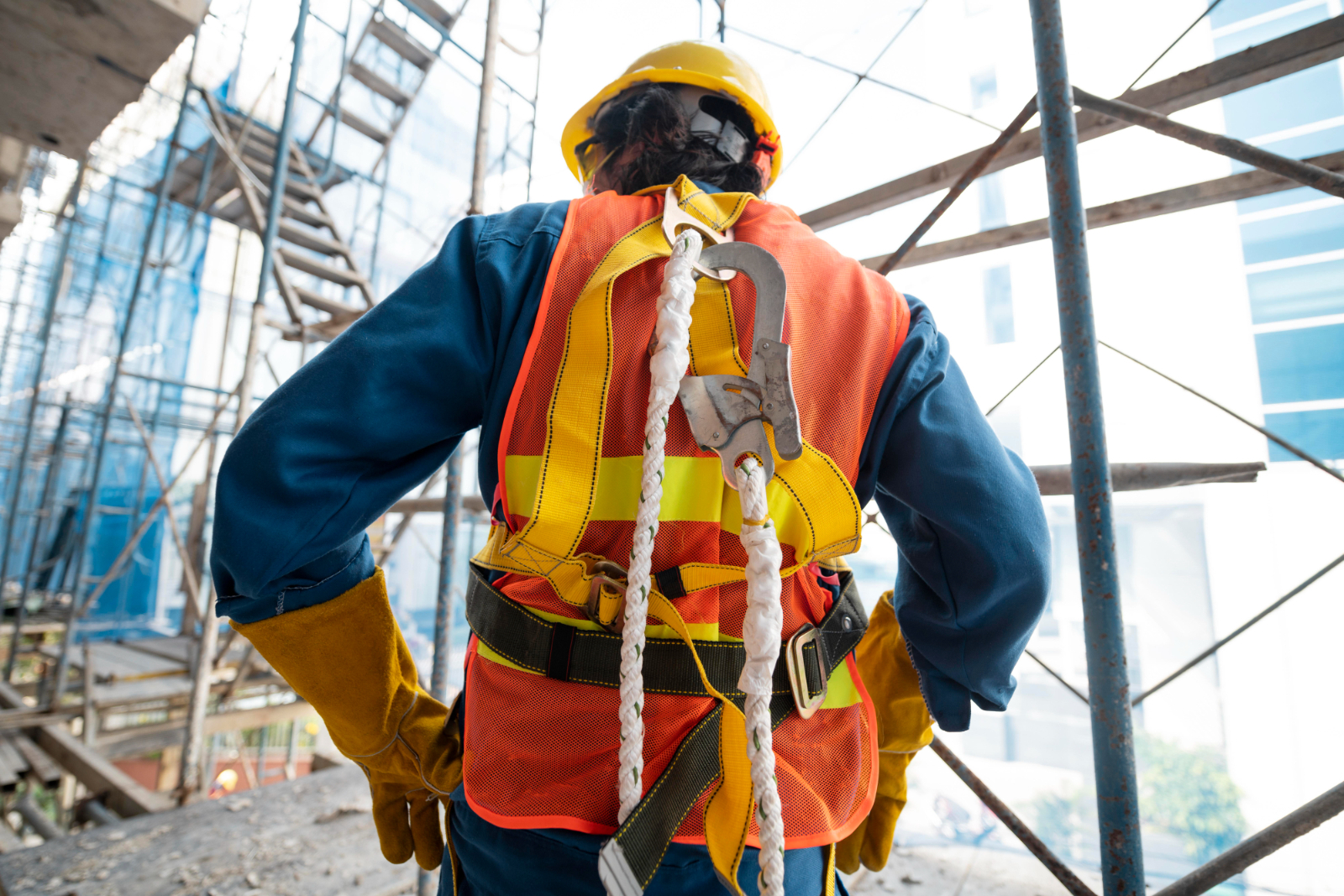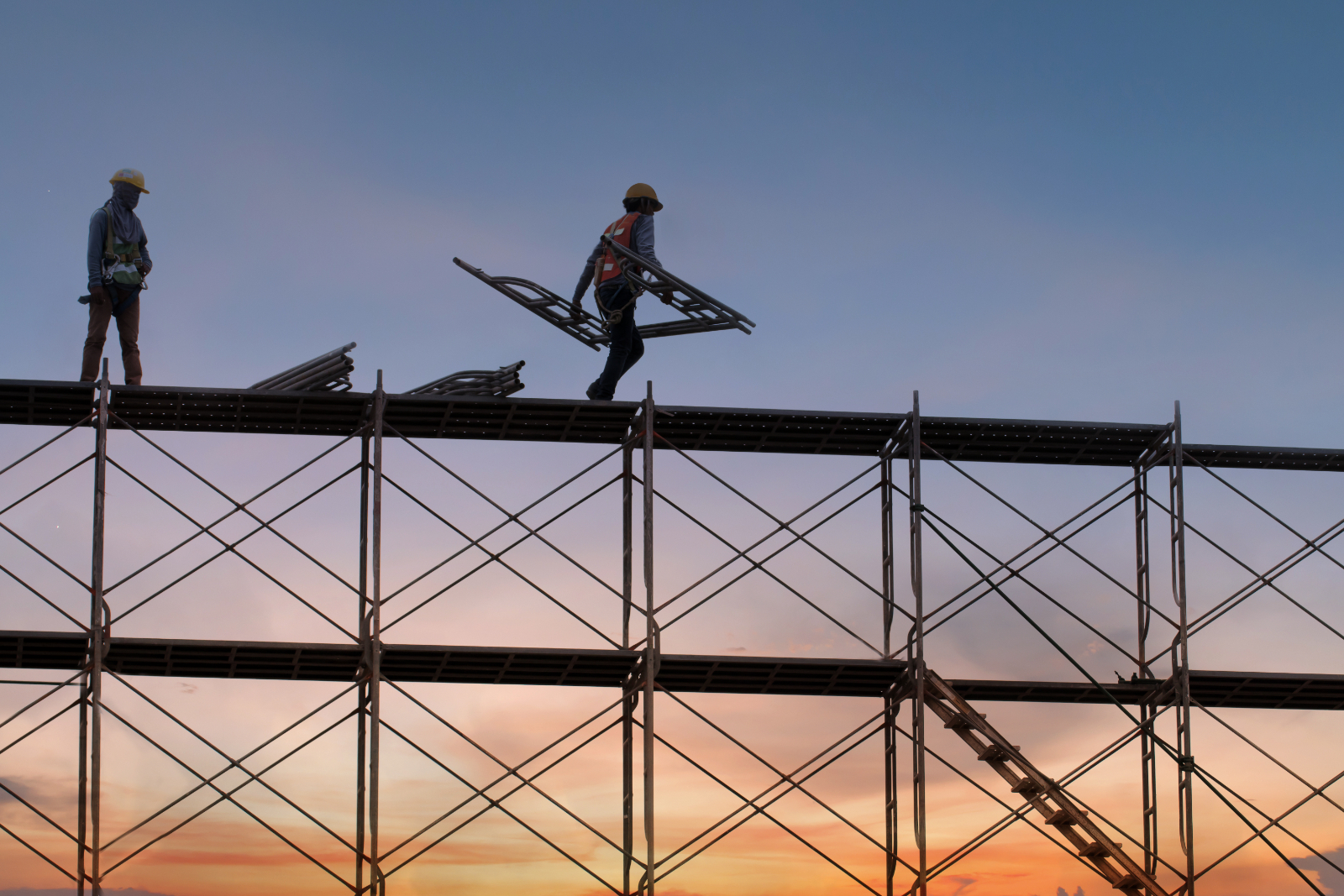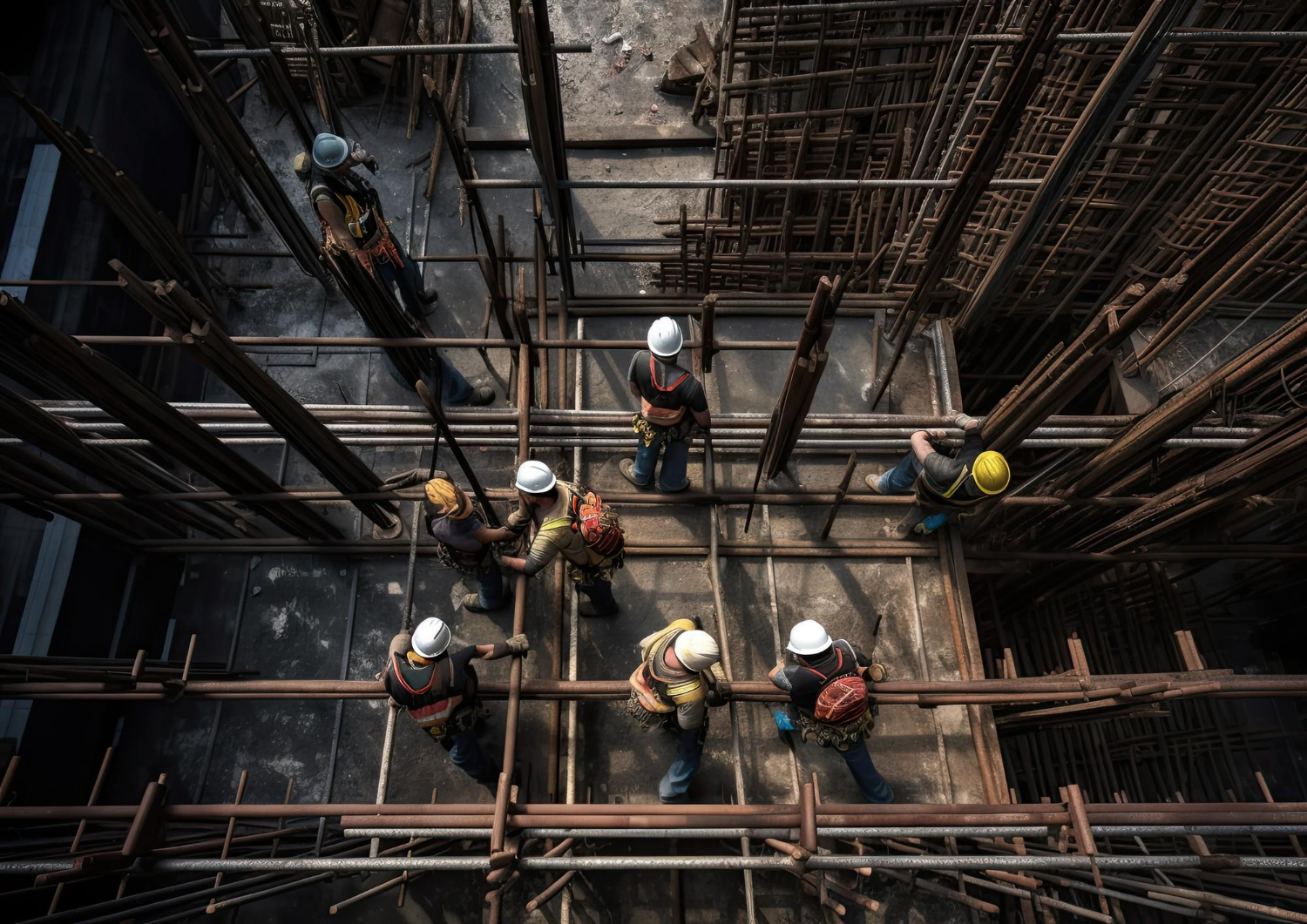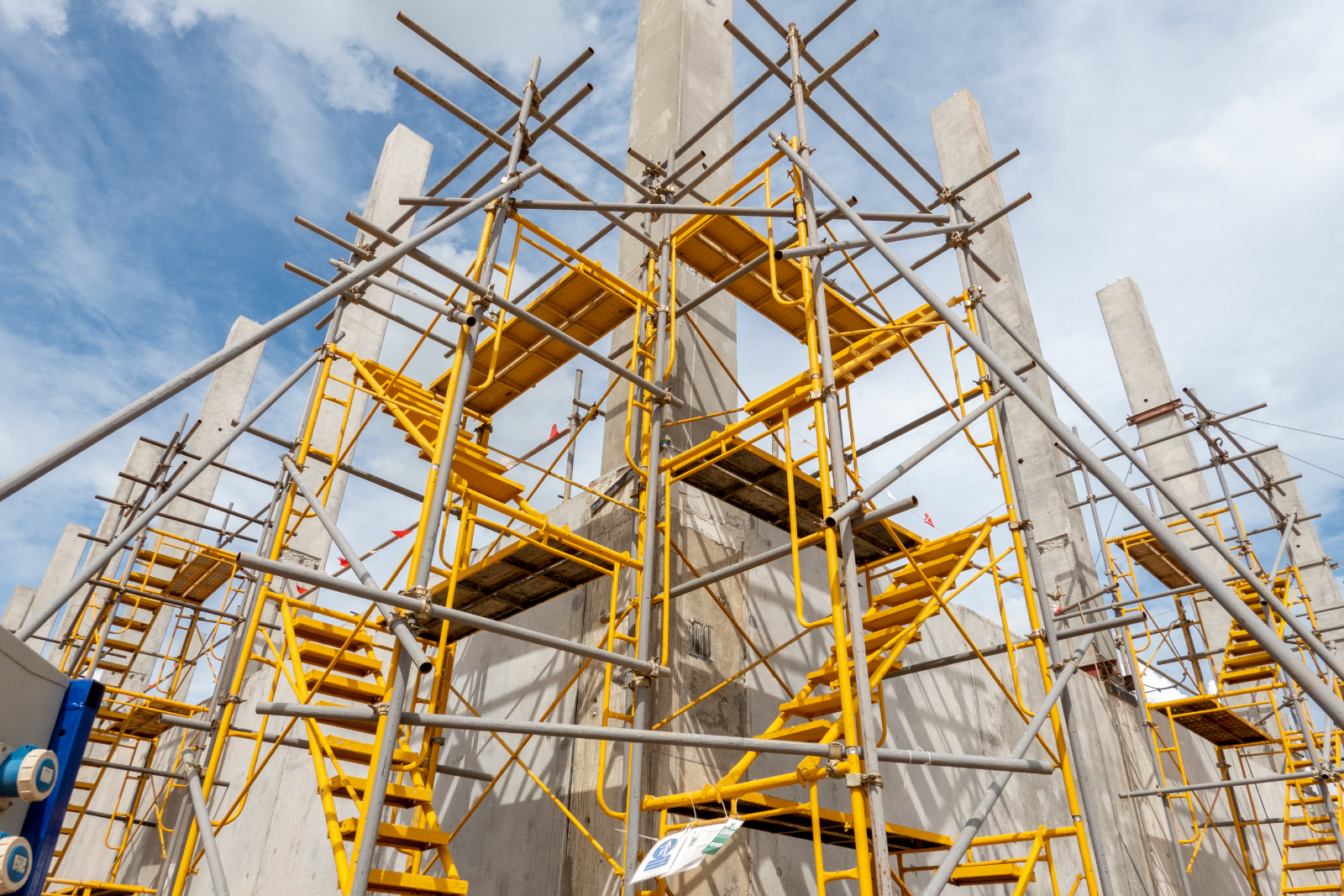Working at height brings real risk. Scaffolding safety is about clear rules, trained people, and safe equipment that protect workers and the public from falls, falling objects and other hazards.
Below is a simple, practical guide to scaffold safety that you can use on any project, with extra points that many guides miss.
What is Scaffolding Safety?
Scaffolding safety means the practices that keep workers safe when using scaffolds and platforms. It starts before the first tube is lifted. A competent person should inspect the structure and the ground, plan the erection sequence, and confirm the type of scaffolding needed for the job. The aim is to prevent accidents, not react to them. Good planning reduces injuries, protects property from damage, and helps your team work efficiently.

Legal duties and compliance in the uk
Health and safety law sets out clear duties for scaffolding work. Under the Work at Height Regulations 2005, a scaffold must be erected, altered and dismantled by trained workers or under the supervision of a competent person.
The scaffold must be inspected before first use, after any event that could affect stability, and at intervals of no more than every 7 days. Keeping inspections up to date shows compliance and helps prevent collapse, slips and other incidents. Always use methods that meet current UK regulations and industry safety standards.
Planning the scaffold
Start with the site and the load. Choose a safe scaffold design that matches the task, the materials to be stored, and the access routes required. Think about weather conditions, nearby power lines, public footpaths and vehicle routes. Base plates and suitable sole boards must be installed on firm, level ground to spread the load and protect stability. Guardrails, midrails and toe boards should be designed into the build, not added at the end. Safe access using stairs or ladders must be provided so workers are not climbing on unsafe parts like cross braces.
Erection, alteration and dismantling
Scaffolds must be erected by trained teams who follow the plan and the manufacturer’s guidance. A competent person should check each lift as it is carried out, making sure standards are plumb, ledgers are level, and ties are installed to the structure as required. Changes to the scaffold should never be carried out by untrained workers. When dismantling, remove components in the reverse order of the erection so the structure remains stable at all times. Keep the area below clear to protect the public and other employees from falling objects.
Inspections that prevent accidents
Formal inspections reduce risk and catch problems early. Inspect before first use, after high winds or impact, after any change in the scaffold, and at least every 7 days. Checks should cover foundations, base plates, anchors, bracing, guardrails, platforms, access points and tags that show the scaffold status. If anything is unsafe, mark the scaffold out of service and report the issue so repairs are carried out before work continues.
Fall protection and preventing falls
Most injuries on scaffolding are due to falls. Use collective fall protection first. This means properly installed guardrails and toe boards on all exposed edges. Platforms should be fully decked, level and kept clear of tools and materials. Where there is a remaining risk, use personal fall protection such as fall arrest systems with secure anchor points. Non slip footwear and non slip platform boards help reduce slips in wet weather. Train workers to maintain three points of contact when climbing and to face the ladder at all times.
Personal protective equipment ppe
PPE supports safe systems of work. Hard hats protect against falling objects. Safety boots with non slip soles reduce the chance of slips. Gloves protect hands during erection and dismantling. Eye protection is needed when cutting or when there is dust. Fall arrest harnesses must be used where required and attached to suitable anchors. Make sure workers know how to wear and check their PPE and replace items that are damaged or past their date of safe use.
Inspect the Site and Equipment
Weather affects stability and safety. High winds can dislodge materials, move sheeting and increase the risk of falls. Rain and ice make platforms slippery. Heat can affect some materials and worker fatigue. Pause work in unsafe weather and inspect again before restarting. Tie patterns, sheeting and netting should be designed by a competent person so the scaffold can resist wind loads that are likely for the location and the season.
Materials, tools and housekeeping
Good housekeeping prevents accidents. Keep platforms tidy and clear so workers can move safely. Do not overload bays with bricks, blocks or other materials beyond the designed load. Secure loose items to prevent them becoming falling objects. Provide tool lanyards where there is a risk to the public below. At the end of the day, remove waste and store materials so nothing can blow or fall off the scaffold.
Training, supervision and experience
Training makes a major difference. Workers should be trained in scaffold safety, safe access, manual handling, and how to use ppe. Supervisors should understand scaffold safety tips, safe load limits and how to spot hazards. Refreshers help keep good practices in mind, especially for new employees who may not recognise risks. A competent person should always be present to supervise erection, alteration and dismantling.

Consider The Weather

Stay Organised
Choosing the right scaffolding company
Pick a provider with proven experience, a clear inspection process and strong health and safety records. Ask for evidence of training, design capability for complex scaffolding structures, and details of their scaffold safety inspections. A reliable service will provide method statements, risk assessments and information on the type of scaffolding they recommend. Good scaffolding solutions protect workers and reduce project time by keeping access safe and simple.
Protecting the public
Sites often sit next to homes, shops and roads. Plan routes so the public stays clear of the work area. Use barriers and clear signs. Schedule deliveries and lifts at safe times. Keep materials inside the hoarding line. If your scaffold crosses a pavement, install protection fans or a tunnel as required. Small steps like these prevent injuries and build trust with clients and neighbours.
Safe loading and platform strength
Every scaffold is designed for a set load. Overloading can lead to platform failure. Spread loads using proper platforms and check the list of allowed materials for each bay. Store heavy items close to standards rather than at the edge. If the task changes, review the design and update the tags so everyone knows the current status.
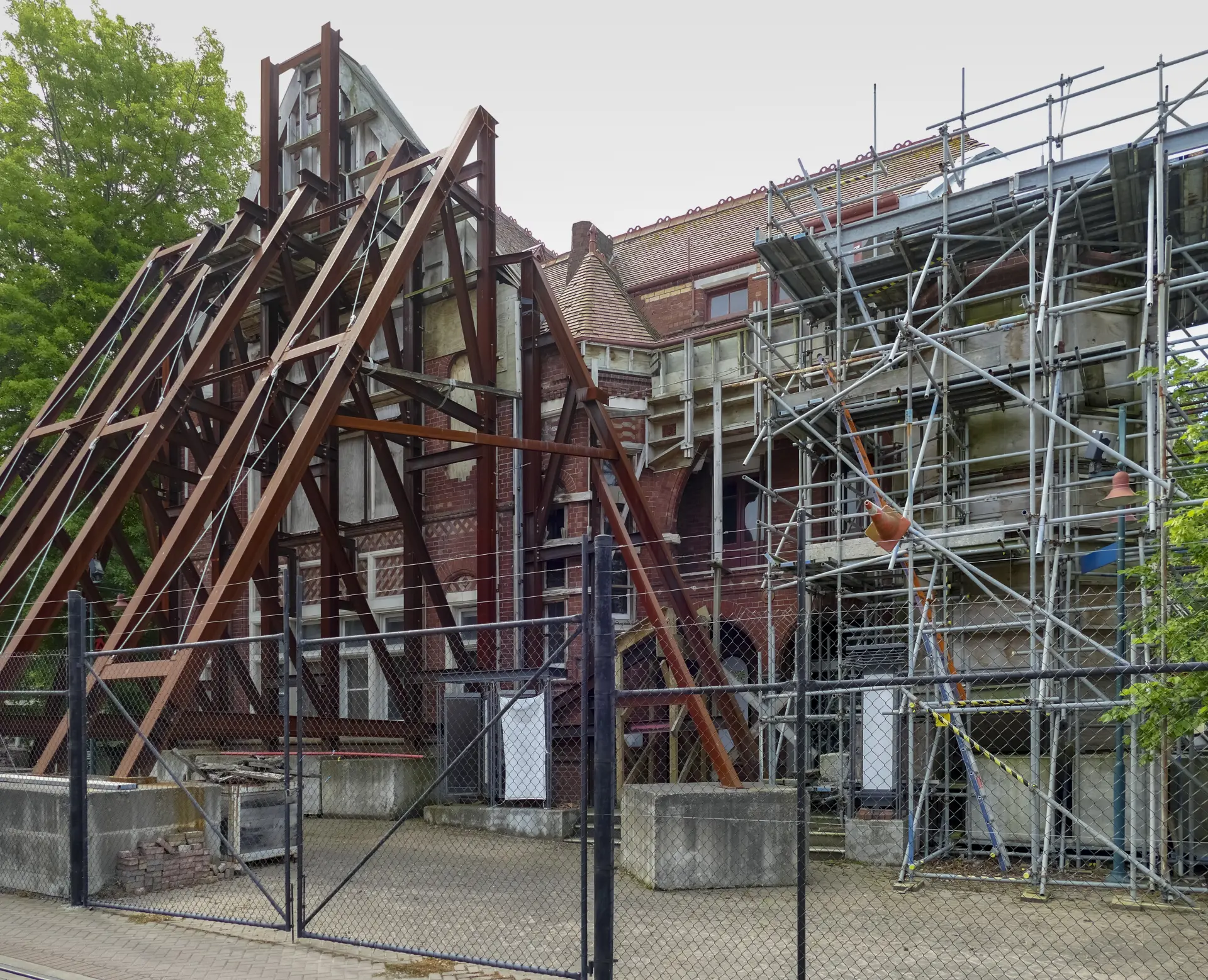
Electrical safety
Keep scaffolds well clear of live services. Follow guidance on safe distances from overhead lines and arrange isolations where needed.
Metal components can conduct electricity, so plan the work and set controls before anyone starts.
If lines are closer than safe limits, stop work until a competent person has put controls in place.
Communication and site rules
Clear rules reduce confusion. Make sure workers know how to report hazards, damage and near misses. Daily briefings help teams follow safe practices and stay aware of new risks. Keep information on the scaffold, such as tags and inspection records, up to date so anyone can check if the platform is safe to use.
Common mistakes to avoid
Do not remove ties, guardrails or toe boards to make space for materials. Do not climb on ledgers or braces. Do not move a mobile scaffold while workers are on the platforms. Do not use damaged boards or components. Shortcuts can turn a safe scaffold into an unsafe one in seconds.
After an incident or high winds
If there is an incident, a strike from a vehicle, or high winds, stop work and inspect the scaffold before anyone returns to the platforms. A quick check by a competent person can prevent a second, more serious event. Record the inspection and any corrective actions so your health and safety file stays accurate.
Dismantling with care
Dismantling is not just the erection in reverse. Plan it with the same care. Keep edge protection in place until the last safe moment. Lower materials in a controlled way. Maintain safe access as the structure comes down. A tidy, staged approach protects workers and the public and leaves the site safe at the end.
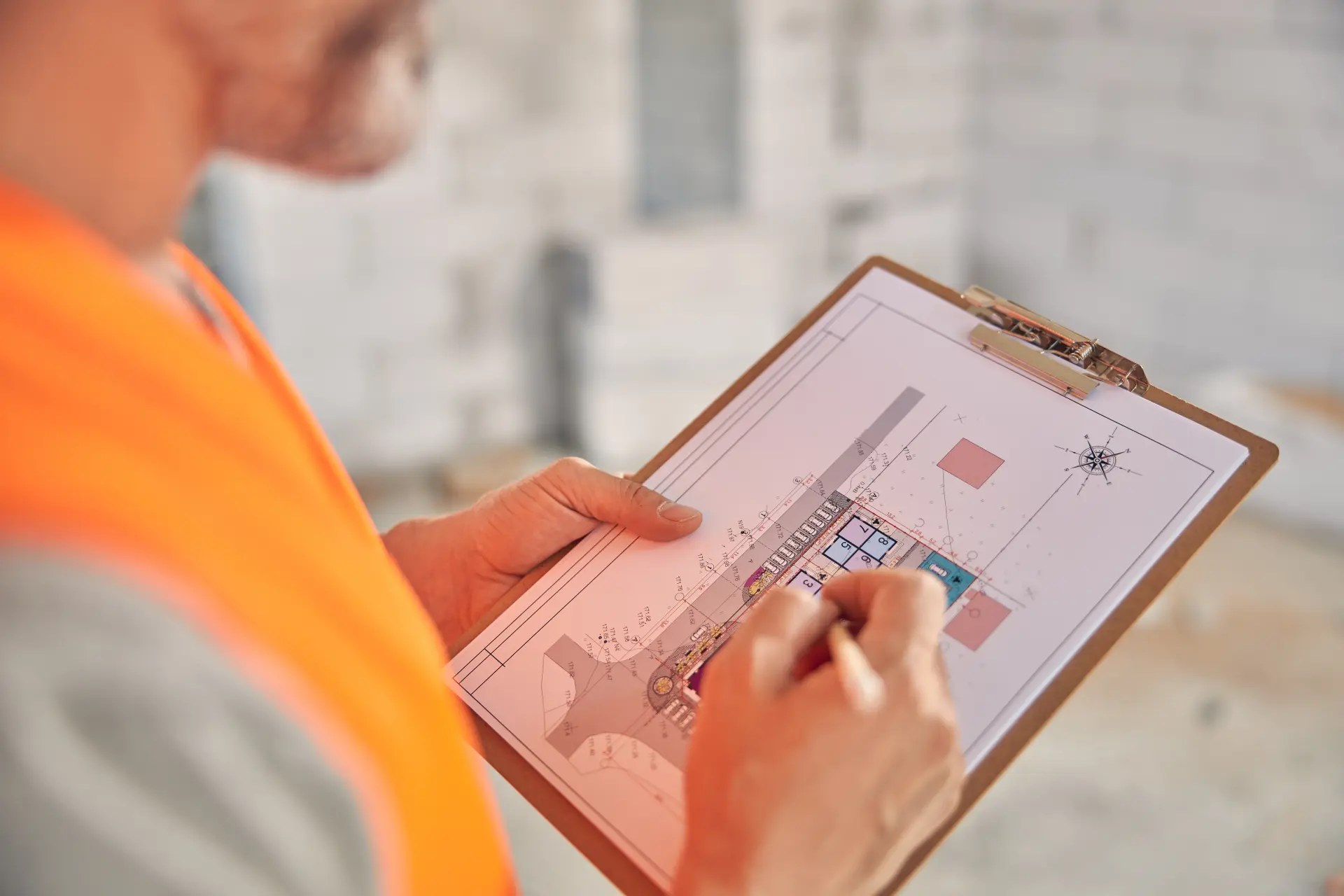
Final checks before handover
Before you hand the scaffold over for use, carry out a full inspection and tag it clearly. Confirm that guardrails, toe boards, platforms, ties and access are in place and secure.
Check that signage is installed and that workers know the rules for use. Provide the client with the inspection records and clear advice on how to keep the scaffold safe during the project.
Working with local scaffolding services
If you need scaffolding services, Northampton Scaffolders provides safe access solutions, scaffold safety inspections and trained teams who comply with uk regulations. We help plan, erect and inspect scaffolds for sites of all sizes and can advise on fall protection, safe load limits and the right type of scaffolding for your project. Visit our website for more information and our cookies policy, or get in touch to discuss your needs.
At Northampton Scaffolders, we offer a broad spectrum of scaffolding services for our customers in Northampton to hire. Our family-run business is fully qualified and has all the experience to deliver and install bespoke scaffolding and roofing covers. We complete scaffolding solutions for residential and commercial building projects.

